Even in the pantheon of superstar Italian designers, Giorgetto Giugiaro, Marcello Gandini, and Paolo Martin loom very large. If you’re a regular reader of this site, chances are you can name dozens of their cars. Most car enthusiasts even know the design firms they worked for or founded. But what if there were a fun, relatively affordable car that bore the imprint of all three maestros? Such a mix of exotic and proletarian does indeed exist: the Bertone-bodied Simca 1200 S Coupé, built from 1967 to 1971.
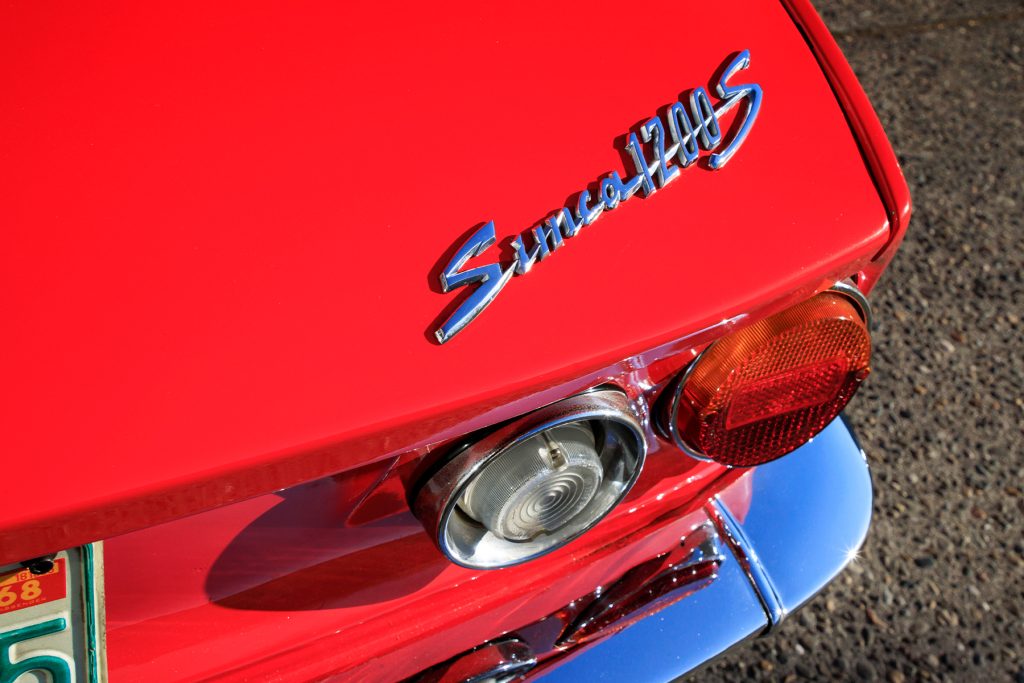
The power trio of designers didn’t design this car together, so this storey isn’t quite like an epic automotive issue of Marvel Team-Up. The common denominator is Bertone: All three designers worked for Nuccio Bertone in the 1960s, with Giugiaro famously departing for Ghia and Gandini taking his place at Bertone in 1965. Martin stayed only a few months before departing to Pininfarina, but in 1967 he and Gandini helped turn Giugiaro’s circa-1962 Simca 1000 Coupé into the faster, meaner-looking 1200 S.

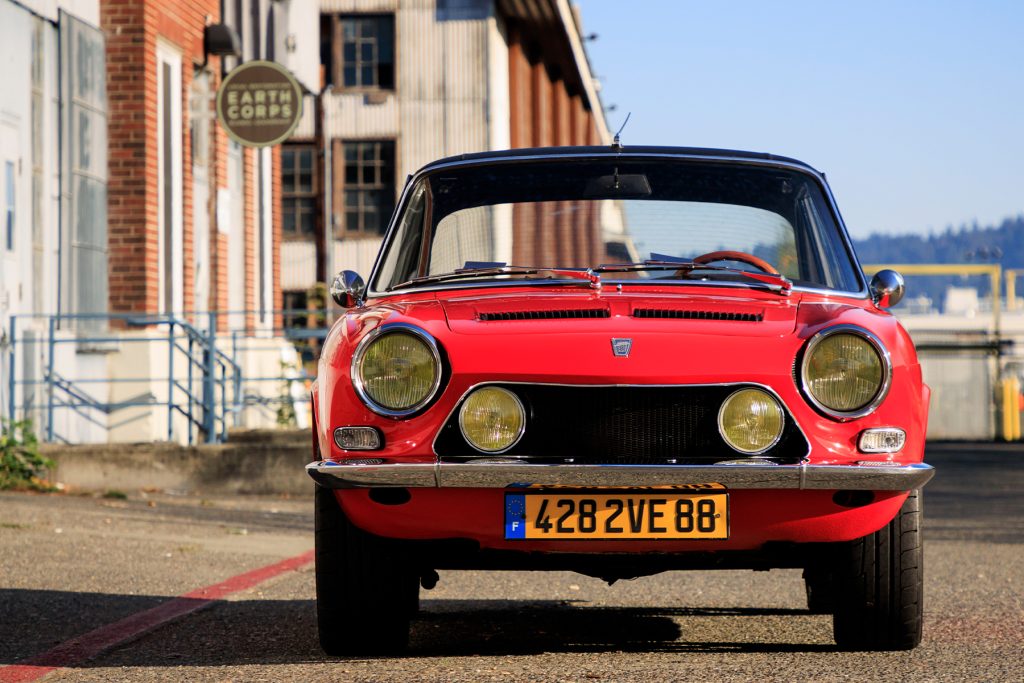
Both cars are rare today, being built in modest numbers and having a predisposition for rust, but you can’t tell the tale of one without the other. Their storey spans not only the early careers of all three designers but also the turbulent period of Chrysler’s takeover of Simca. What started as a kind of cast-off Fiat design aimed at the Renault Caravelle ended its days as a Pentastar-badged mini-Porsche built in Rotterdam, but the storey began in Italy.
Simca, Fiat, and the 1000
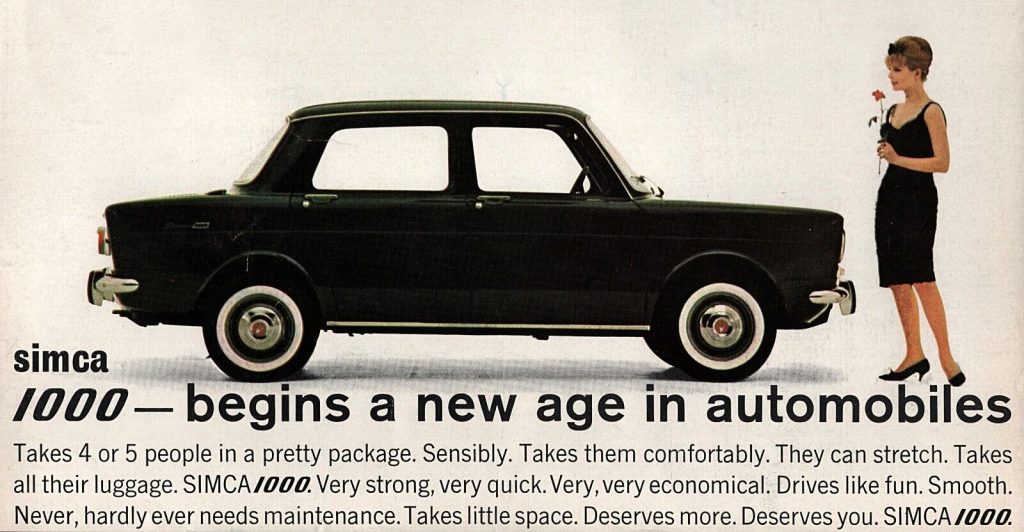
By the late 1950s, Simca’s founder and longtime director Henri Pigozzi had diversified the focus of the company, which had originally built pure Fiat designs for the French market. But Fiat still owned a big chunk of Simca, even after Chrysler bought a 15 percent share in 1958, and the personal and technical relationships between Turin and Poissy ran deep. So deep that when Fiat demurred on a potential 1-litre Fiat 600 successor proposed by Dante Giacosa in 1959, Pigozzi swooped in and grabbed it.
Based on their observations that standards of living across Europe were rising, Pigozzi and Giacosa agreed that cars with 1.0- to 1.5-litre engines would be the largest volume segment in the 1960s – and that Fiat management didn’t care. Pigozzi took one look at Giacosa’s two-door “Project 119,” a scaled-up 600 with a 1-litre engine, and saw that it perfectly fit his plans. He even arranged for Simca’s stylists to be given one of the styling bucks from the related four-door, 850cc “Project 122.”
As Giacosa would lament in his autobiography, Forty Years of Design with Fiat, Turin’s management just didn’t think long-term. While Pigozzi’s team was developing and putting the boxy 1000 into production, Giacosa wrote, “The ‘122’ was silently shelved and forgotten. The Simca 1000 came out in September 1961 and had the success Pigozzi had foreseen.” Three years later, Fiat recycled the 122 into the 850.
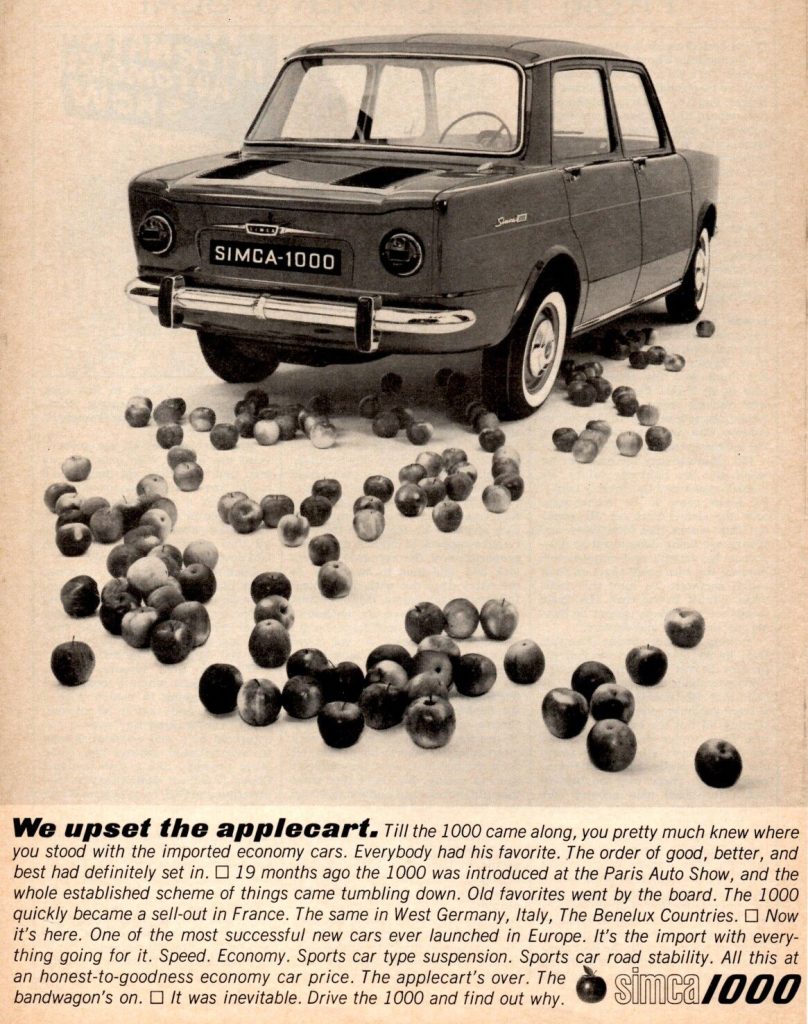
The 1000’s layout and structure and look came from Fiat, but Simca developed its own mechanicals. Future Matra engineer Georges Martin designed the engine, a simple, durable water-cooled 944cc OHV four with a cross-flow head, the first motor in the long-lived “Poissy” family. The radiator and fuel tank were in the back, which resulted in 35/65 weight distribution front to rear, giving the 1000 light steering and oversteery handling. The 1000 used a transverse leaf spring up front and Corvair-like swing axles in back, and all were four-speed manuals.
Even before the 1000 came online, so to speak, Pigozzi wanted a coupé to answer Renault’s popular, Dauphine-based Caravelle. His first port of call was longtime partner Facel, but while its designers did create a 1000 Coupé proposal, the car’s BMW 700–like lines just weren’t sporty enough for Pigozzi. More importantly, Facel was in financial turmoil. Pigozzi’s nephew, Aldo Nascimbene, suggested that his friend Nuccio Bertone might be a better bet.
Giugiaro and the 1000 Coupé
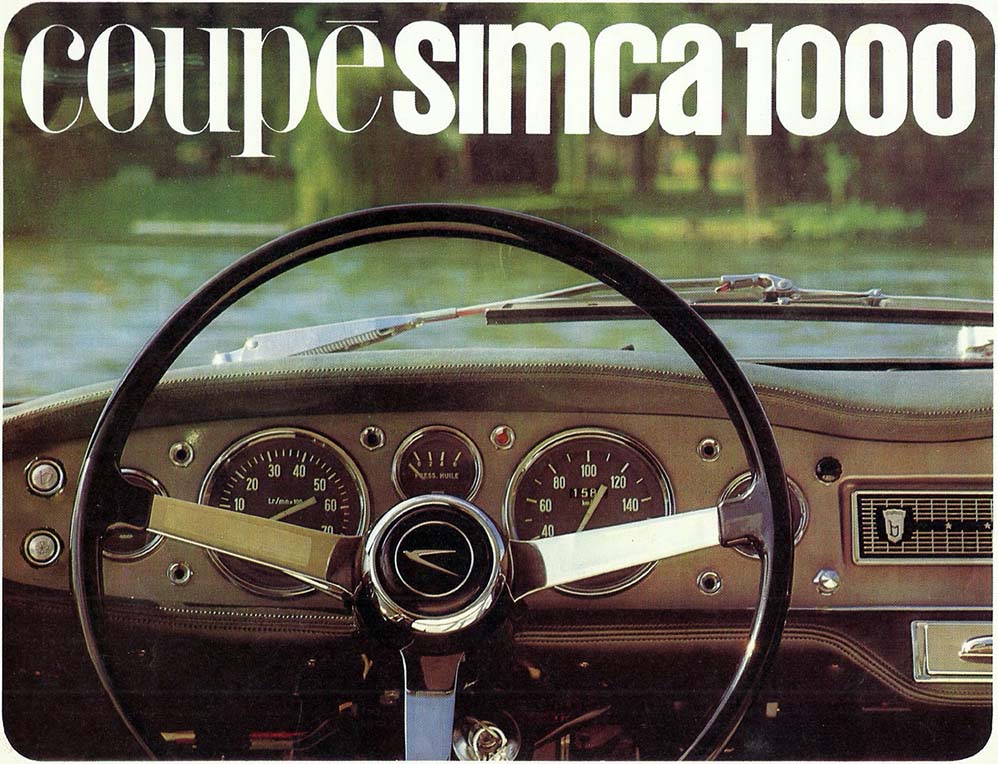
If Giacosa indirectly helped create the 1000 sedan, he did the same for the coupé. In June of 1955, at an exhibition hosted by his uncle, art professor Eugenio Colmo (popularly known as the cartoonist Golia), Giacosa spied car sketches by one of Colmo’s students, 17-year-old Giorgetto Giugiaro. The encounter led to an internship and a job at Fiat.
It was a momentous opportunity, but Giugiaro’s supervisor rarely presented his work to studio boss Fabio Rapi, and the young designer often felt stifled by the plodding management. In November of 1959, Giugiaro met Nuccio Bertone at the Turin Motor Show. Impressed with his sketches, Bertone proposed a test. Could the 21-year-old design a new Alfa Romeo coupé, to a specific set of dimensions, in three days?
Yes, actually. The car became the Alfa Romeo 2000 Sprint, and by December Giugiaro was working at Bertone.
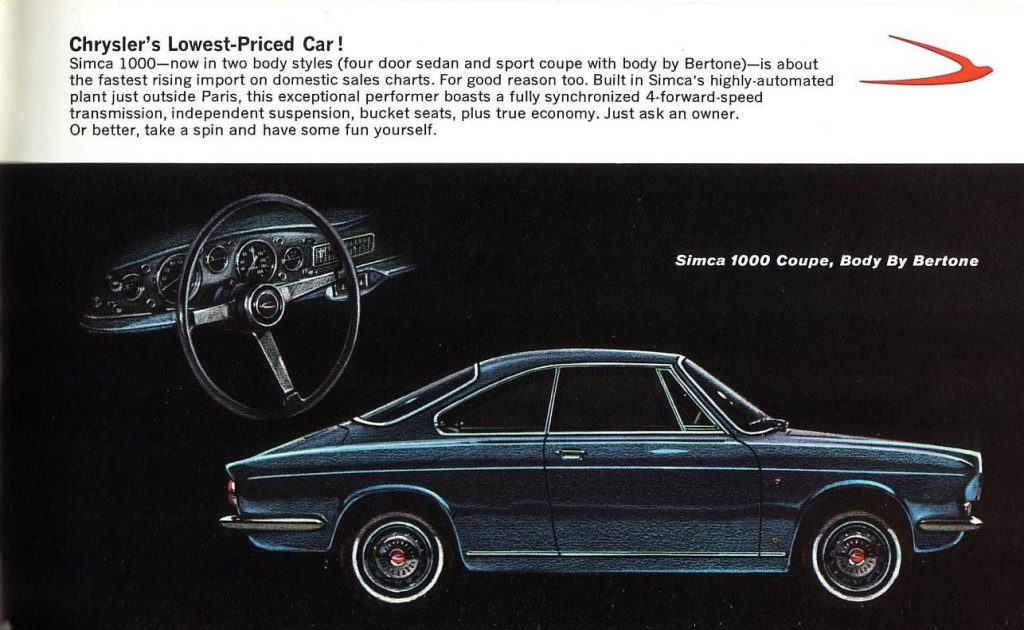
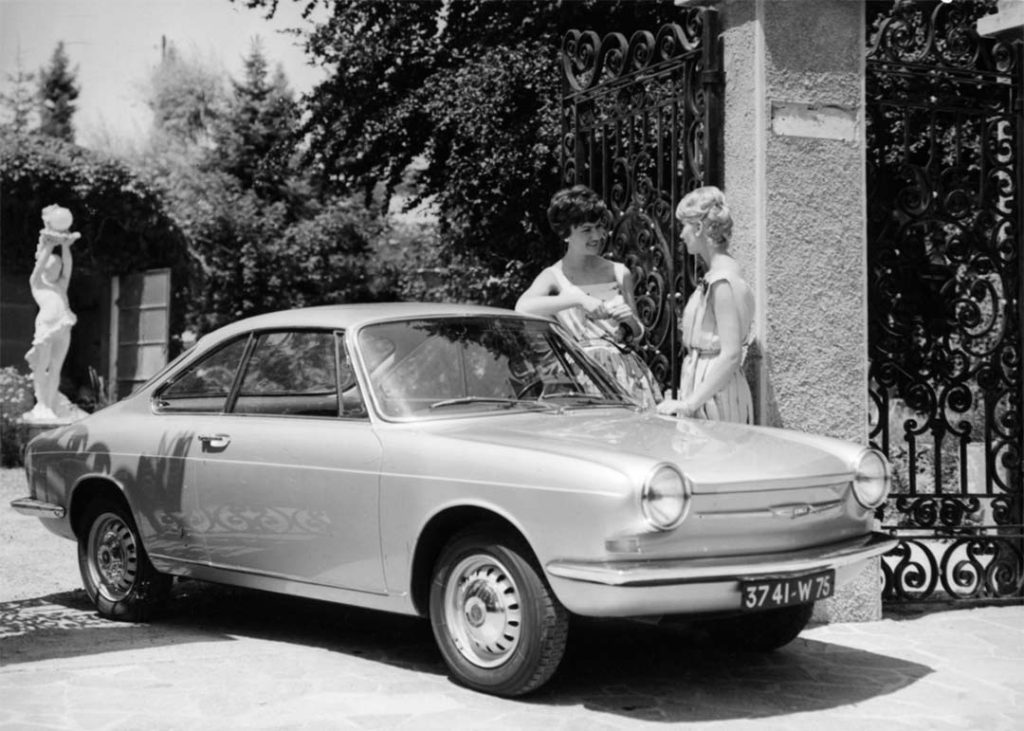

When Pigozzi approached Bertone for a 1000 Coupé, Giugiaro mined his favourite themes to create one. The airy greenhouse was a riff on his one-off Maserati 5000 GT. The tapering rear deck, pert tail, and tunnelled headlights echoed a pair of Ferraris, the latter a 250 GT SWB built for Bertone himself in 1962. The Simca’s dashboard was also lifted from Bertone’s SWB.

The 1000 Coupé first appeared at the Geneva show in March of 1962 alongside Bertone’s SWB, and a production version debuted that fall in Paris. In the months between, Simca and Bertone had agreed that sedan shells would be shipped to the company’s factory in Grugliasco, turned into coupés, and returned, on specially-designed railcars, to Poissy for finishing.
There were also mechanical upgrades like a high-compression head, for 40bhp (later 52) and disc brakes all around. The coupé weighed about 150 pounds more than the sedan, but as its centre of gravity was lower and its weight further forward, it handled better. The jaunty 2+2 was a hit in Paris, but it cost 12,000 francs, 1500 more than the Caravelle. It was by far the priciest Simca, other than the 33,000F Simca-Abarth 1300.
Regime change
On 18 January, 1963, Chrysler bought 38 percent of Simca from Credit Suisse, upping its total share to 63 percent. Despite the assurances of Chrysler president Lynn Townsend that continuity would be maintained, the move drew criticism from France’s Ministry of Finance. Pigozzi was forced out in May, only to die of a heart attack in 1964. At this point, things could have gone off the rails, but Chrysler brought in ex-SUD Aviation CEO Georges Héreil, who steadied the ship and invested in Simca’s front-drive 1100.
Despite this turbulent atmosphere, the Chrysler connection was good for exports. As early as 1958, Americans could buy and service Simcas at Chrysler-Plymouth dealers. The 1000 sedan sold decently for an economy car and earned plaudits from the automotive press, but the Bertone just cost too much to catch on. In 1964, Road Test sampled one and liked it, but it cost more than a V8-powered Plymouth Barracuda.
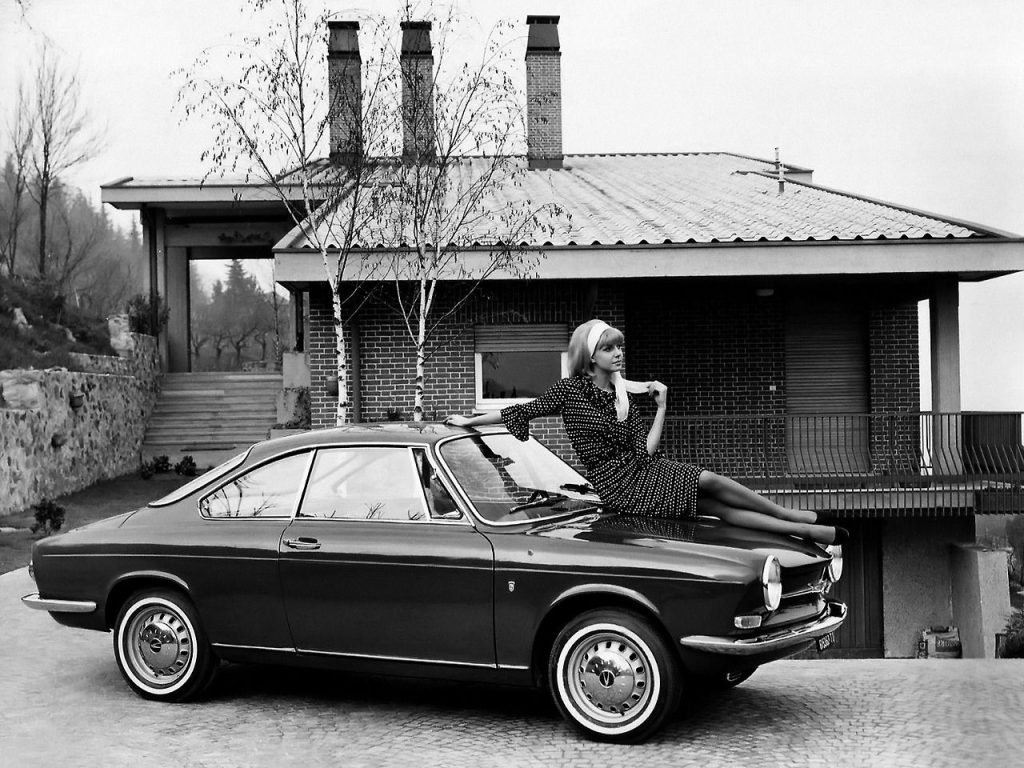
Even at home, the price-to-performance ratio was a problem. The Coupé handled well and offered a taste of coachbuilt style, but it just wasn’t fast and, in those less enlightened times, was considered too feminine. As newer, cheaper competitors arrived, like the Fiat 850 Coupé, sales flatlined. In early 1967, Héreil decided to give it a style and engineering upgrade. He gave Bertone a simple brief: Make it look meaner without spending too much. However, Turin’s regime had also changed.
Born in 1938 like Giugiaro, Gandini had no formal training but lots of raw talent. He first applied his skills to rebodying a friend’s OSCA in 1959, but his lack of credentials held him back from the professional sphere. He cold-called coachbuilders in Turin for much of the early 1960s, including Nuccio Bertone in 1963. As Gandini would later tell biographer Guatam Sen, “Bertone seemed to like what I had shown him and said that he would get back to me, but he didn’t.”
Some months later, according to Gandini, Bertone apologised. He explained that he wanted to hire Gandini, but that he’d probably lose Giugiaro if he did so. In late 1965, however, Giugiaro abruptly departed for Ghia. Gandini got the call. His first assignment was the legend-making Lamborghini Miura, but Gandini wasn’t Bertone’s only new hire.
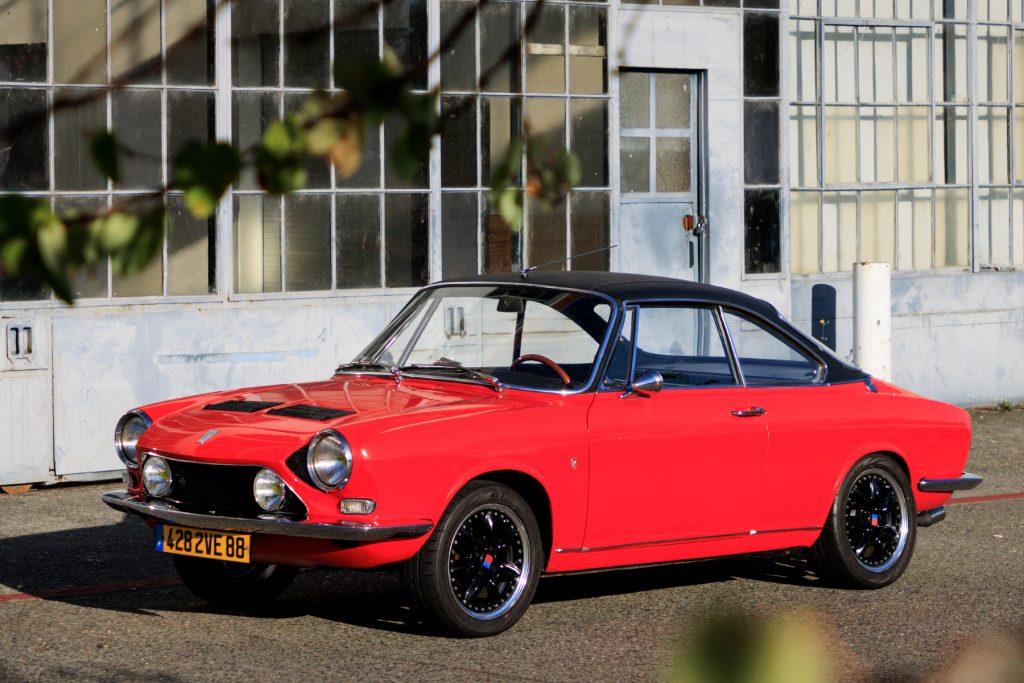
Paolo Martin, born in 1944, began apprenticing for Giovanni Michelotti at age 16 in 1960. There he helped shape cars like the Hino Contessa before moving to Bertone in 1967. His very first assignment was reshaping the face of the Simca coupé, on which he used some themes from the Miura, namely the hood vents, which were fully functional. Gandini also worked on the project, but Giugiaro’s centre section stayed mostly unchanged.
Martin departed for Pininfarina months later, and his only other major Bertone work was the famous “b” logo. The designers never worked together again, but the 1200 S fit Héreil’s brief exactly.
The Rotterdam Express
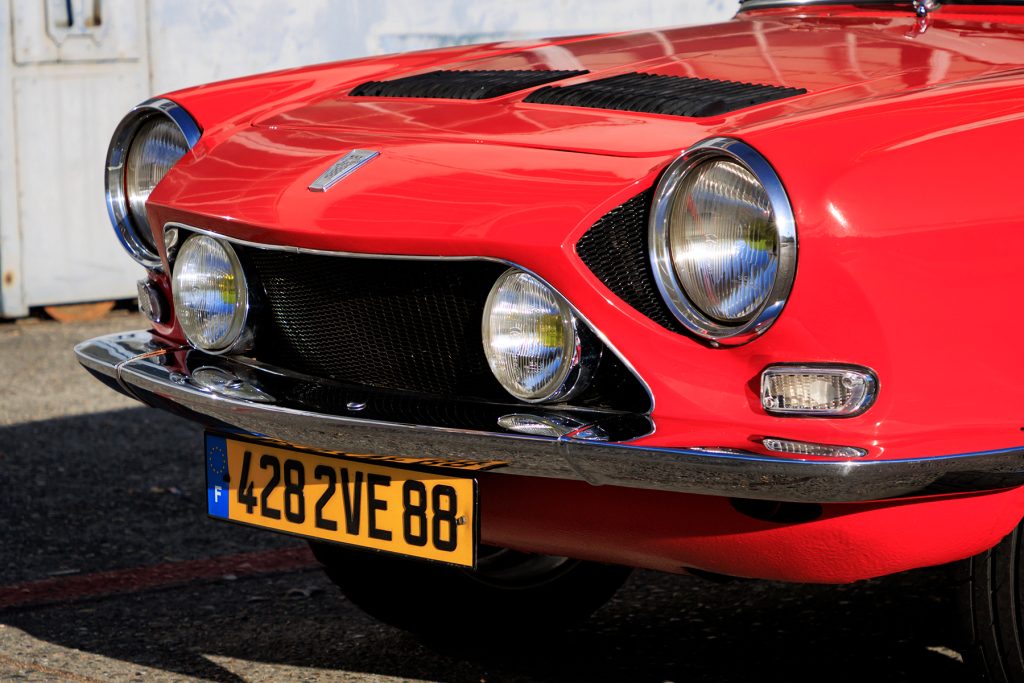
The main reason for the big grille opening of the 1200 S is that the radiator was moved up front to properly cool the car’s new engine, a 1204cc, twin-carb version of the “Poissy” four. The new motor came with a huge jump in power – from 52bhp to 80 and, soon after, 85bhp, with a 112mph top speed. The 1200 S was slightly heavier than the 1000 Coupé, but still only weighed 889 kilograms. What had been a pretty but pokey car was suddenly a rival for Alpine A110s and Lancia Fulvias.
Accompanied by some wildly chauvinistic advertising emphasising how much of a “man’s car” it was, the 1200 S debuted to considerable interest in the late summer of 1967. It was still expensive, more than a 1.6-litre Ford Capri in 1969, but the performance helped justify the cost. Wisely, Simca kept updating it, adding rack and pinion steering and dual-circuit brakes in 1969. By the summer of 1970, three years into production, Simca had sold 11,627 of them, compared to 10,600 1000 Coupés from ’62 to ’67.
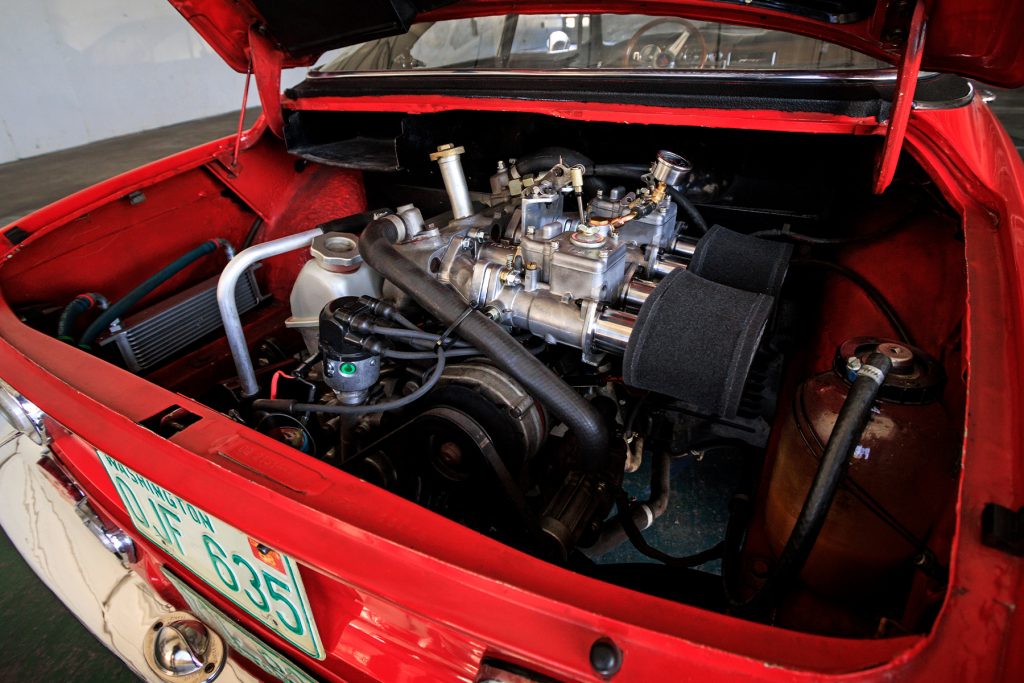
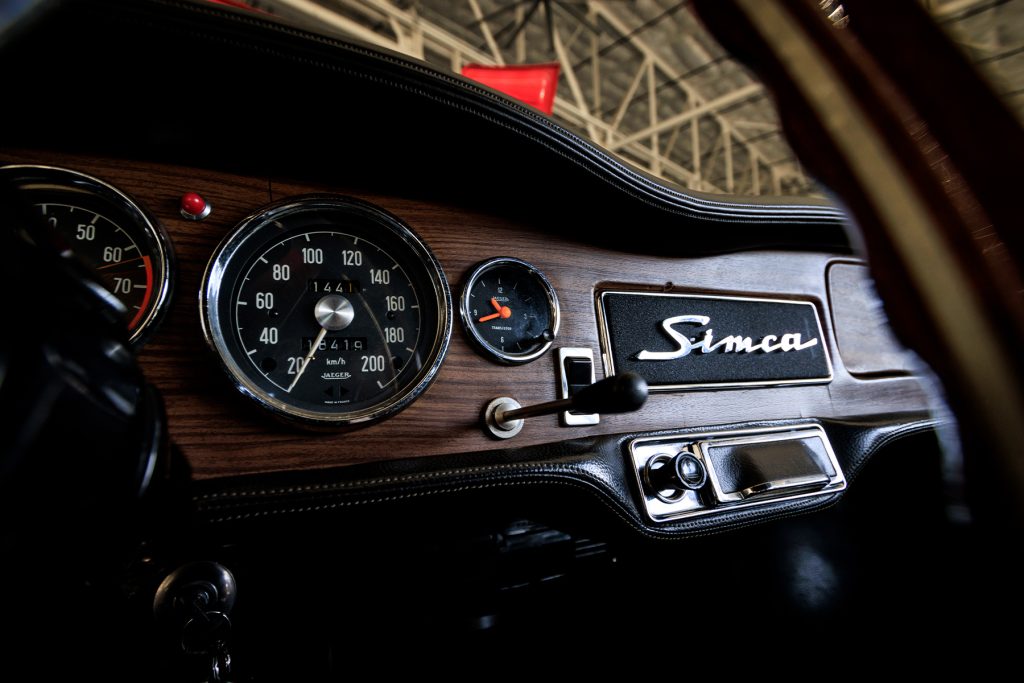
After Simca launched the front-drive 1100 in 1967, that car took over the company’s priorities. It would end up being France’s best-selling car from 1971 to 1973 and inspired Chrysler’s later front-drivers, in Europe and in the United States. To free up space to build more 1100s, assembly of the 1200 S was moved to an old complete knock-down (CKD) assembly site in Rotterdam in 1970. Since the bodies were shipped by rail, it was an easy switch. Another 3114 were completed there, with new options like a vinyl top.
It was in the Netherlands where Tim Skeel found the red 1968 1200 S you see here. Even there, survivors are rare thanks to rust. Like the Fiat 850 Spider and a whole lot of other bodies built at Grugliasco in those days, corrosion protection was an afterthought, and Bertone didn’t make many spare panels. Skeel’s car was restored in the 1990s and shares his garage with a 1.3-litre Fulvia.
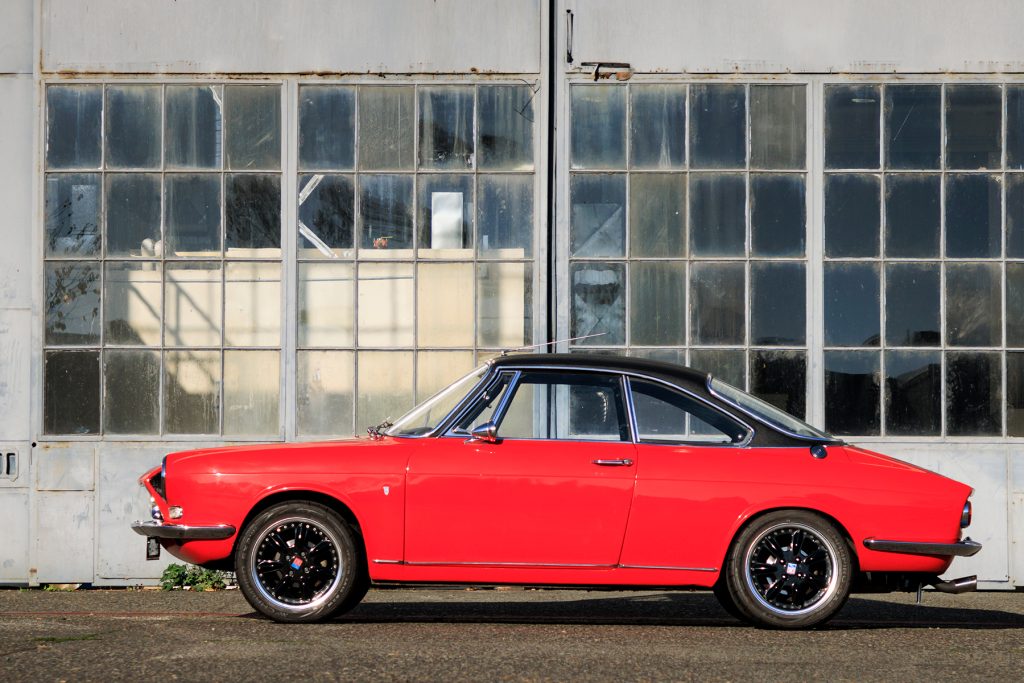
Skeel was drawn in by the looks, but also by the fact that the 1200 S was more affordable, relatively speaking, than earlier Simca coupés. “I like unusual stuff that not everybody has,” Skeel says, “And those Facel-bodied Simca 9 and Oceane coupés are just amazing, but they’re out of my price range. When I bought the Fulvia four years ago, I was actually looking for a 1200 S but couldn’t find one.” Good-condition Bertones, both 1000 and 1200 S, can fetch north of £20,000, but that’s not that much compared to coachbuilt Ferraris or the early Facel Simcas.
While the 1000 Coupé was sold in the United States, its production numbers were so small that the company never bothered with importing the 1200 S, which would have run afoul of emissions regulations anyway. A collector of oddballs since the 1970s, Skeel loves the Fulvia, but he still wanted the 1200 S. He found one and figured out how to import it. “It took five months, but it was worth it.”
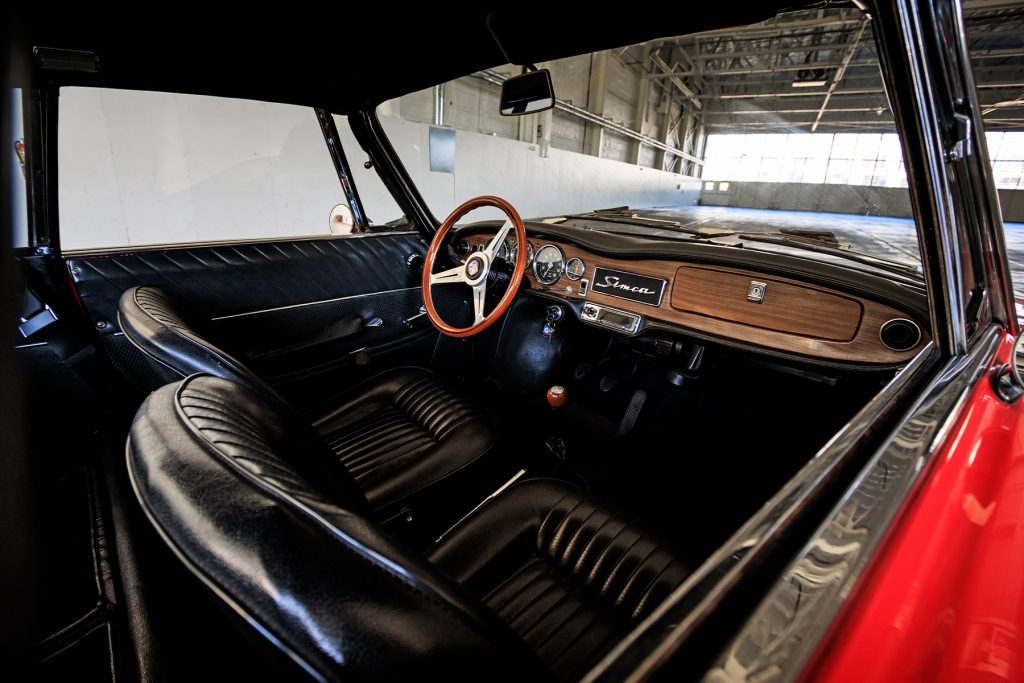

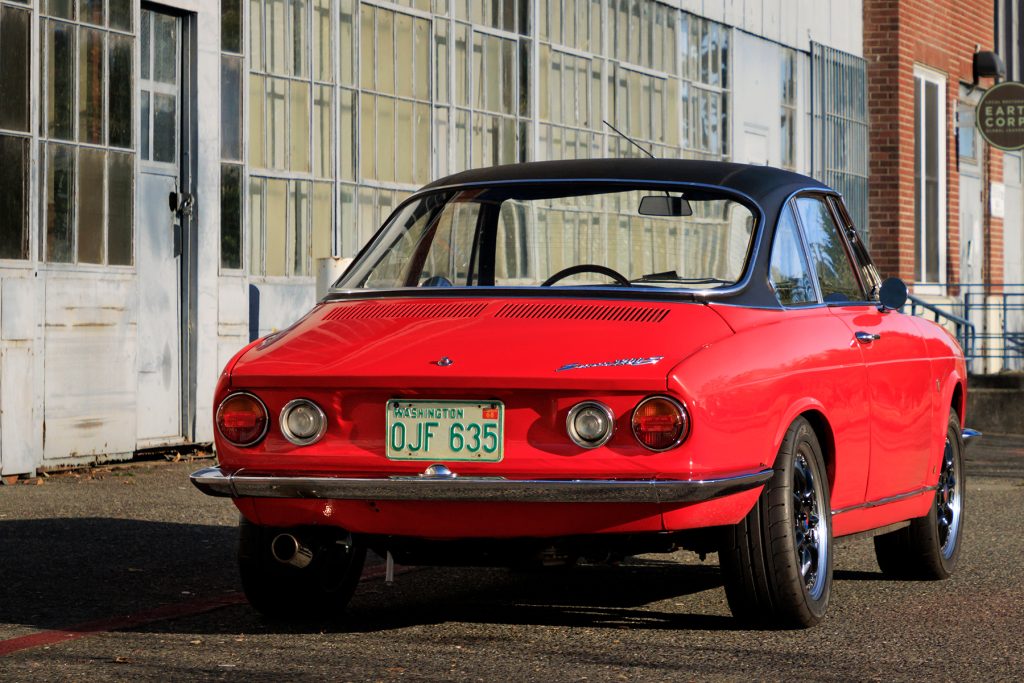

The Fulvia is more civilised around town, but the Simca rides a little more gently. “It’s hard to say how they would have compared new versus now, when they’re full of 50-year-old parts. Also, I haven’t fully wrung the Simca out at high speed yet.”
Skeel put on fatter tyres on seven-spoke wheels gifted to him by a friend, added a Nardi wheel and a shift knob, and swapped the poorly running stock carbs for a pair of Weber DCOE 40s and a header. The car also benefits from some upgrades done during the restoration. “You can see a couple of places where they patched metal or used filler, but they also added dual-circuit brakes and the vinyl top, so we’ll call it even.”
He likes the 1000 Coupé as well, but Skeel definitely thinks Héreil’s brief was a good one. “You got a whole lot more performance for the money, plus, it just looks way cooler.”

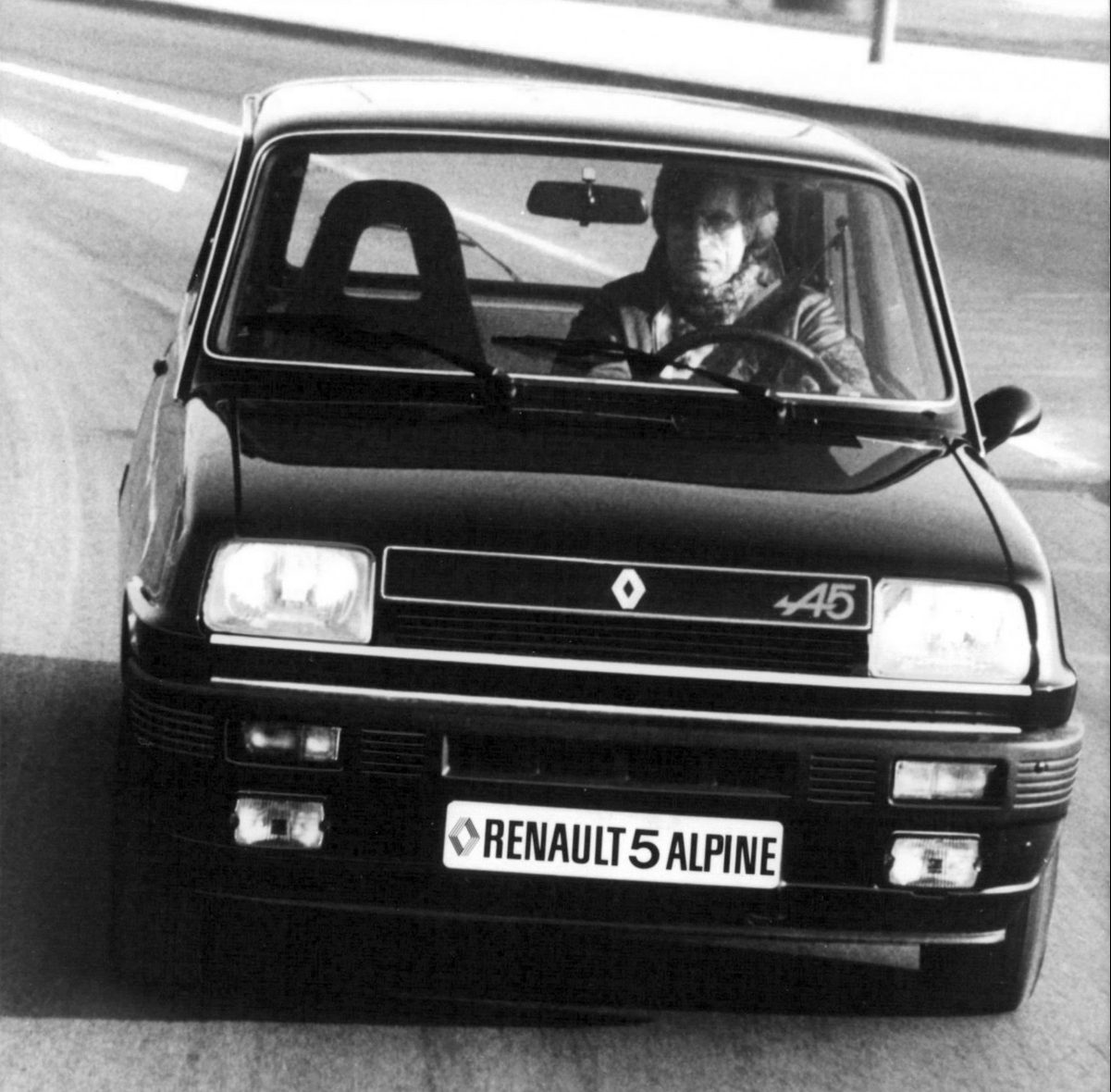
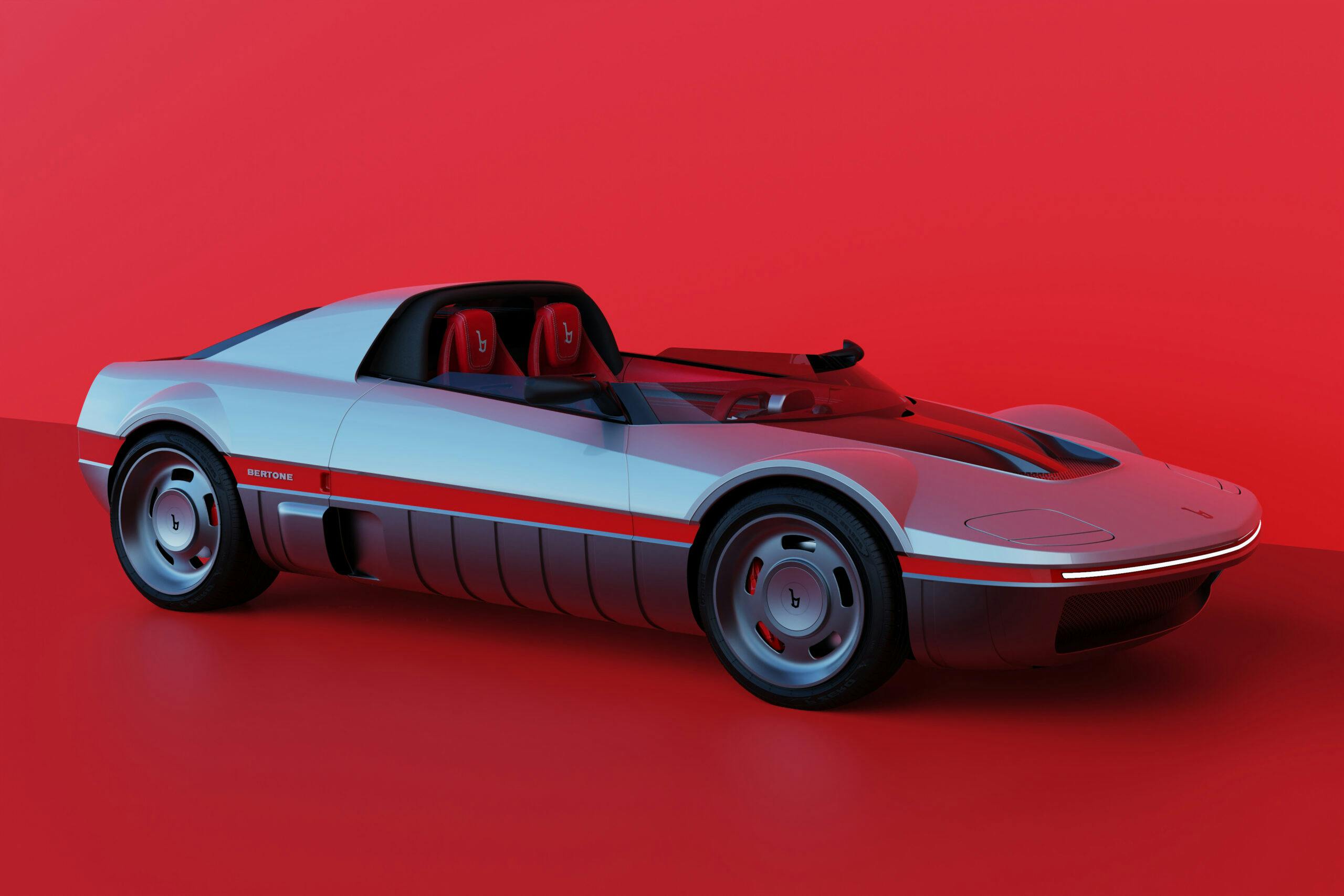
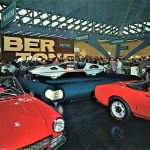


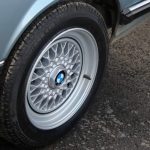
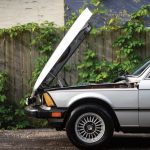


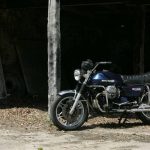
I think that factory was in the south part of Rotterdam, where I was born and my brother 10 years before me.
My parents bought a new Simca 900 shortly after it was introduced, which was a somewhat sobrerer version of the 1000. Main differences, head light rings in body colour in stead of chromed ones and a perpex rear window in stead of glass (why?), which caused my brothers delicate skin to be very seriously burned when they went on vacation to the south of France without them knowing the cause at that time.